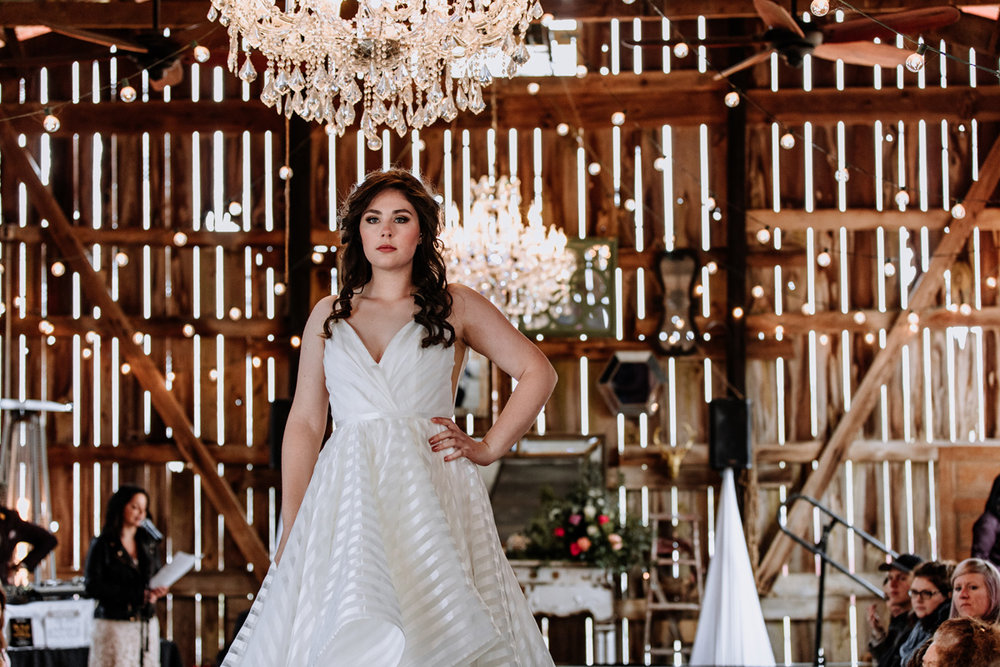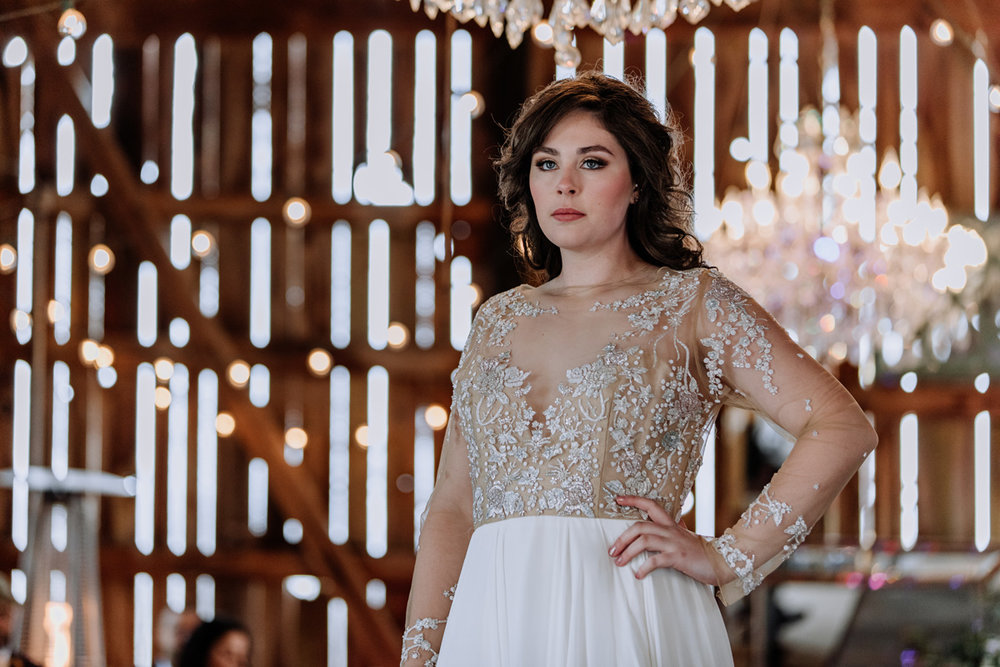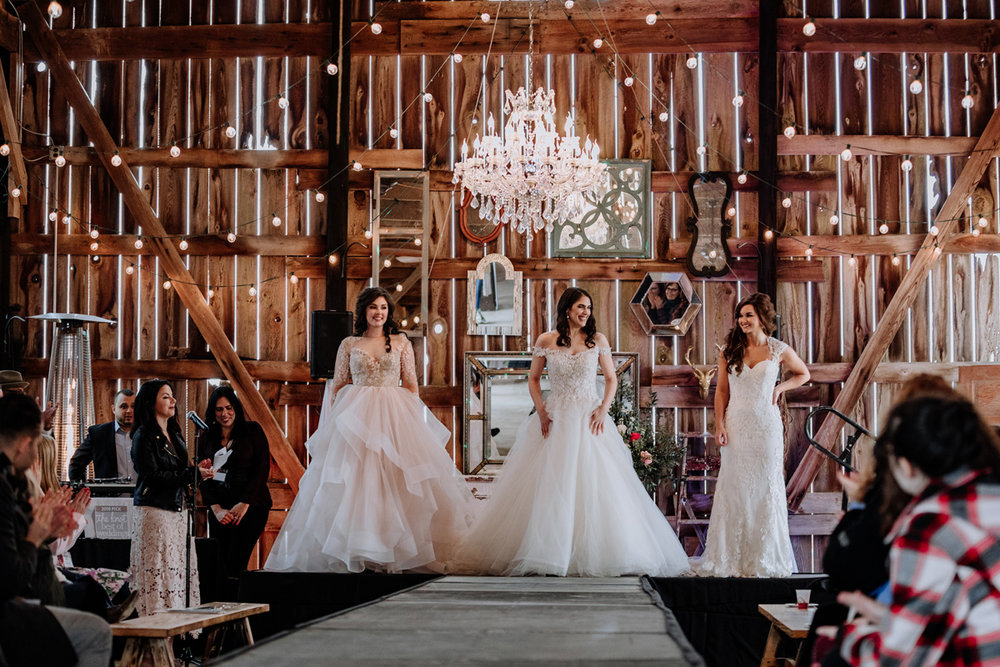We sat around for a while thinking about a good introduction to a review on the new Profoto A1 AirTTL-C Studio Flash.
After all, you are likely a person who falls into one of two camps when it comes to new photography gear (particularly expensive gear). The first group of people gets extremely excited, maybe even excessively, to have the latest equipment that comes out. It’s probably true that this group of people also has more expendable income to throw at new photography equipment, too. The other camp of people tends to be the opposite, more skeptical of the new product, probably even assuming most reviewers are simply trying to be salesmen to make a quick buck at their expense.
We find ourselves to fall into a sort of middle group of people – we approach new photography products with a fair share of skepticism, and having some experience in the world of marketing…we are well aware of the pitfalls and influx of “paid reviews” that might pop up with their biases (intended or not by the reviewer). On the opposite end of things, we don’t deny the possibility of new inventions coming out that can make our jobs easier. While we are not sitting on huge piles of cash, running a photography business has provided us with some income to reinvest into our equipment – with the ultimate intention being to have the best quality and professional gear available that makes capturing the images we want easier for us.
As a general observation, Profoto (as a brand) has consistently marketed itself to have the best quality gear for professional photographers. And, as the pricing of most of their products indicates to buyers, you are expected to invest in their equipment. The decision of consumers with regards to purchasing any Profoto product then relies heavily on your perception of this brand and the long term quality of their photography equipment, especially when compared with more consumer-friendly pricing that can be found with other popular flash photography gear brands like Canon, Yongnuo, Godox, etc.
For ourselves, we never really cared so much for the brand name behind Profoto. Prior to purchasing the Profoto A1 AirTTL-C Studio Flash, we had never used any of their equipment, and only really knew of their products in passing. This is heavily because most of their gear was out of our price range until recently (since beginning to see success with our photo business and becoming willing and wanting to pay for “the best”). As a result, our resulting perspective may be a little skewed compared to other photography websites talking about the A1, and in particular will be from our view as we use flashes in the field during wedding days and in other photography contexts as is needed.
Before we begin, in the spirit of transparency we want to inform you that there will be referral links to Amazon in this article. If you find our review beneficial and would like to purchase a Profoto A1 Studio Flash for yourself, please consider using these links. It is at no cost too you, and allows us to make a small commission off each sale, which we utilize to continue running our photography business and producing content like this in addition to our regular photography jobs.
Now, without further ado…
Our Review of the Profoto A1 AirTTL-C Studio Flash
One thing that is apparent to us about Profoto is their ability to market products that, at least, appear to be sleek and desirable for professional photographers. We actually heard about the Profoto A1 maybe 6 months before it’s release in late 2017 – and watched a large number of marketing videos & commercials put out by the company itself. There was something immediately appealing about the A1 flash (and it was not the price point). Frankly, it was the appearance of the user interface and what looked like a useful alternative to the normal flashes we were already using.
first, let’s talk about our previous flash setup(s)
Our initial “pro” flash set up included the use of some Canon 600EX II RT’s, as well as some more inexpensive Yongnuo YN-EX II RT speedlites. These were combined into both on-camera and off-camera setups, with the use of Pocketwizard transmitters to connect everything as needed. By most standards, this is a fairly decent setup – especially for a budget professional photographer. After all, we all need to start somewhere, and unfortunately photography as an industry has a pretty high barrier for entry at a real pro equipment level.
While we have been able to capture some great photos with this previously described initial flash setup, it had a few fatal flaws that actually made it stressful to use – especially during already high stress shooting situations that you would find at a wedding.
The first flaw was that the flash, transmitter, and receiver technologies that be decided for some reason to make UI’s that were not intuitive for photographers. No doubt, photographers can use them, but the simple fact that we needed to spend a lot of time reading in depth the long and detailed user manual & spend even more time reading information online and watching YouTube videos…makes for a less that intuitive product. Certainly, it helps explain the value a client gets when hiring a professional photographer to shoot a session, wedding, event, etc. – because their skill and knowledge of this equipment comes with the investment. However, for us, we hate having to toggle excessively with settings when we know in our minds what we want our images to look like. Not to mention, on a wedding day where things are running late and we need to setup the reception flash quickly, having something simple and reliable (more on this later) – is essential.
While, over time, we became more knowledgeable of how to better utilize this flash setup – another issue we would encounter is that they would, at times, be unreliable. Not providing the quality of light expected on every press of the shutter is one example. Even in TTL (auto flash) mode, over-exposed images were frequent enough to be frustrating as we reviewed our images during the culling process in Photo Mechanic.
It’s evident to us that the flash setup we had worked (do not get us wrong on this), but it didn’t quite work like we wanted it too. It was a challenge at times, and sometimes an uphill battle. Don’t even get us started on battery life drain while shooting and constantly having to monitor battery life.
How we perceived the profoto a1 flash & how we felt it could help remedy these issues
Returning back to our initial viewings of the Profoto A1 Studio Flash marketing materials…we were instantly floored by how this flash appeared to be designed with photographers like us in mind. People who don’t want to get excessively into the technical know-how, and just want to take quality images quickly and out-of-the-box.
Early images and videos showed off the clean GUI, and touted having minimal menus to scroll through. Everything was easy, accessible, and understandable. These are certainly terms we like to associate with purchases of expensive technology, for sure.
Of course, the best interface in the world would mean nothing without quality images to back it up. In those same borderline ads for the A1, they showed off beautiful images taken by Profoto staff and pro photographers alike using it, and appearing to be wow’d by this product. It’s easy to be skeptical, and we kept looking for flaws or things they may be ignoring to mention.
We held off buying the Profoto A1 flash ourselves until a few months past the original release date, and started to get a better impression based on more and more user reviews being posted online – especially in the user review section of Amazon (which tends to be fairly reliable). Indeed, many early reviews we saw pop up online basically read like paid advertising placement, which ends up doing the product (and consumer) a disservice in our opinion. But anyways – it turned out, the reviews were starting to come in from people like us, and they were overwhelmingly positive towards this flash.
So with that, and successfully budgeting allowances for our business expenses, we decided to purchase the Profoto A1 for ourselves.
Initial impressions of the Profoto A1 Studio Flash
Let’s consider this section of our review of the Profoto A1 to be the written unboxing, shall we?
Waiting around for Amazon’s two-day Prime shipping actually ended up feeling long (for once) as we awaited the delivery of our A1. When we decided to go ahead and buy it, we did so with hopes of ultimately being able to convert all of our flash equipment to the Profoto line of flashes – so it felt somewhat stressful having such high expectations for the product. When it finally arrived…
We quite liked the packaging. It’s one of those things that ultimately doesn’t matter in the scheme of things, but like Apple products (which we have invested probably too much into), it comes with a sleek and professional presentation. It maybe sticks out more to us than your average person just due to our backgrounds in design and marketing. Getting down to it, once we removed the A1 from the package our immediate instinct was to get the battery charged and try it out.
Immediately, we loved the simplicity of the battery. One of our difficulties during the wedding day is balancing the need to load up multiple rechargeable AA batteries into our Canon/Yongnuo flashes. In most contexts, this isn’t too impactful, but during the wedding day it can be a real pain when rushing to do so. This is especially true at times when batteries drain faster than expected (it happens…). For reference, each of these aforementioned flashes requires 4 AA batteries, and we often have to swap these out 2-3 times in each per wedding! With the Profoto A1, there is only one battery, and it is said to have a longer battery life than average. The speed at which this battery could be swapped out during a wedding day is vital to us – and while seemingly small, it is these small things that make a world of difference. Not to mention, we do not have to stay on top of charging 20+ Enloop batteries.
We decided after turning on the A1 for the first time to ignore the user guide (for now anyways), and just jump right into taking photos. The incredible thing about the A1 right out of the box is how much more intuitive and user friendly it is – as we were expecting based on all the information surrounding it on the web. Of course, the experience is different when it becomes a real, tangible, and visceral thing in your hands.
We decided to keep it in TTL mode initially (for the unsure out there…TTL is essentially an auto-flash power mode that adapts based on the light in the scene). This worked beautifully while taking photos of each other, and our cats, and other random objects in our home. We also took it outside, and had good results based on some initial playing around with it. The most impressive aspect is how good the quality of images are, and the quality of the light, when pointing the flash directly at your subject – something we never found particularly attractive with other flashes we have used.
Needless to say, within a matter of minutes we were able to take good and usable photos with this flash. This is, of course, easier to say when at home (surrounded by low white ceilings and white walls) as compared to the ever changing variety of wedding ceremony sites and reception hall venues.
So, let’s discuss more about the Profoto A1 flash in real life, professional contexts next!!
Taking the Profoto A1 Studio Flash on the road
The value you get from any photography gear – flash equipment included – will be in how it performs under the stress of your working environment. For hobbyists just looking to utilize flash at their own leisure, the judgment of any flash on the market is likely going to be different than how we view it as working professionals.
In a significant way, we consider flash to be a means-to-an-end. It can be utilized to create stunningly beautiful images, and can also destroy other pictures if used wrong. At the end of the day, we would rather use some cheap Yongnuo speedlites (at a 10th of the cost) if we felt they performed better. To put it bluntly, they do not.
Our experience in shooting weddings with the Profoto A1 (and paired at times with the Profoto B1 as an off camera flash) has been overwhelmingly positive.
We do not say this lightly. The absolute best aspect of the Profoto A1 flash is simply how easy it is to use to create good looking images. The ease we describe is with regards to it on a technical level – again the graphic user interface (GUI) is far simpler than just about any other flash available – and it is intuitive to dial in the settings you want on the fly. A feature like the rotating head, which impacts the spread of the light when the flash is triggered (to either be narrow or wider), is a game changer for us. On other speedlites we have used, this would require wading through multiple menus and selecting a function that was not always clear due to the icons and terminology used.
testing the profoto a1 in real life
The best way to see the quality of the Profoto A1 flash is to see the images produced with it in a real life work environment.
While shooting photos at the Sage Bridal Show at the Gilbertsville Farmhouse, we used the Profoto A1 exclusively as an on camera flash. For reference, we also shot on Canon 5D Mark IV bodies, with
the diffuser attachment that comes with the flash, and primarily with the Canon 50mm f/1.2 and Canon 70-200 f/2.8 lenses. The flash was operated in TTL mode for the majority of the day.
Example shots with the Profoto A1:
We selected these images to show off as they are representative of a more difficult shooting environment. With many light sources at play (two on the sides with open barn doors), and cracks of light shining in all around, it was important to have a flash that could fill in our subject so as to avoid any unwanted shadowing. The complexity of the environment was added through some of the decor, a lot of additional lighting (DJ set up and string lights) – all contributing their own light sources + colors to the image as well. The Profoto A1 does a good job at filling in our subject (even from a distance of what we’d estimate to be about 10-20 feet at the longest distance), and provided an image that has balanced color out the gate, only requiring minimal post processing to align with our editing style.




final thoughts on the profoto a1 flash
Ultimately, a seasoned photographer will be able to make the inexpensive flash setups look good. There is no doubt about this – and we have in past wedding shoots ourselves. The main selling point of the Profoto A1 remains for us is the simple convenience it offers. While the light is more pleasing to our eye, it may not be enough of a reason to want to make the switch yourself, especially given the high price tag. But!! If you are a photographer who struggles with finding their settings for flash photography, Profoto products in general are far simpler in this regard, and the A1 is no exception. We are still amazed every time we turn it on and have the ability to know, right out of the box, how to manipulate it to get exactly what we need.